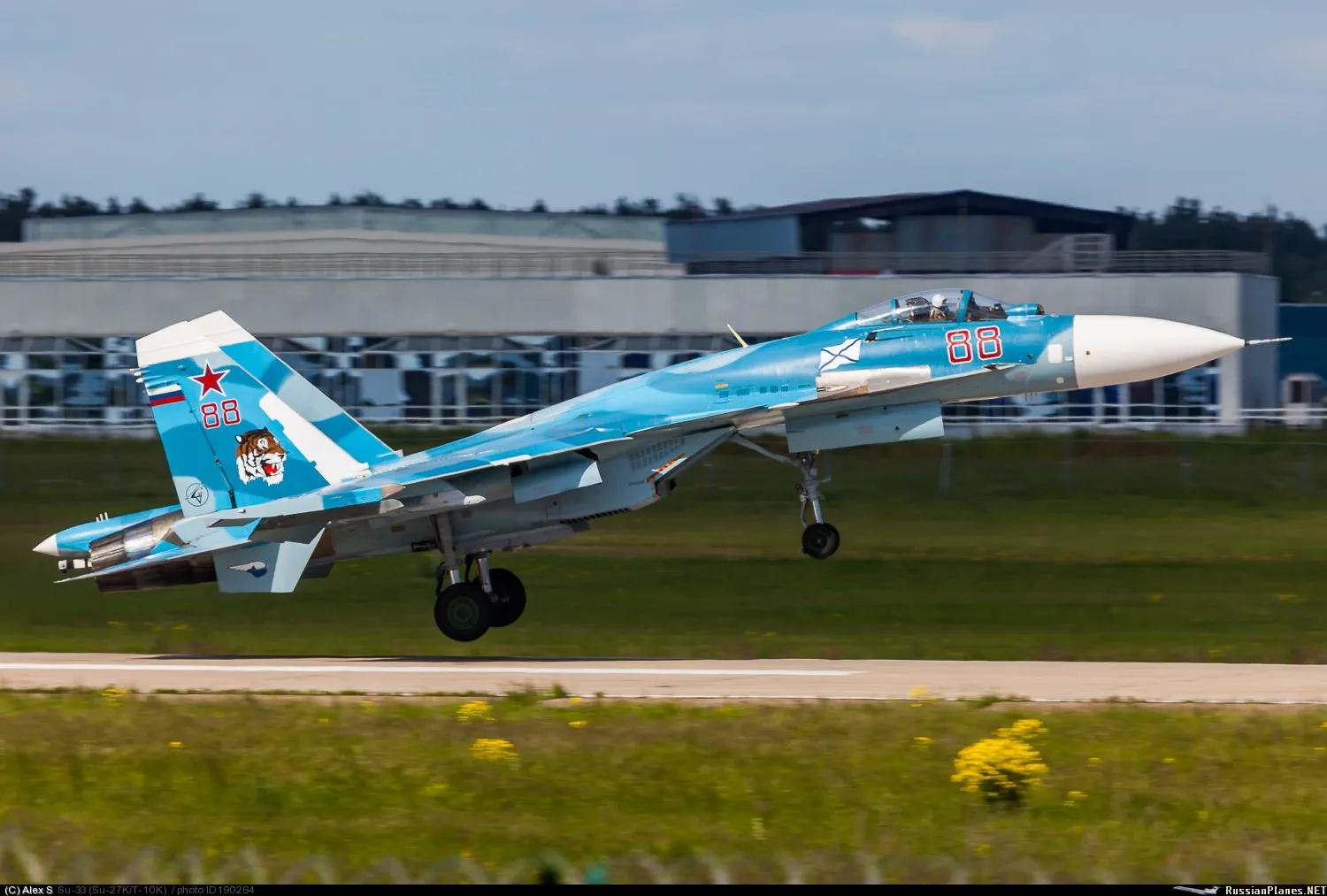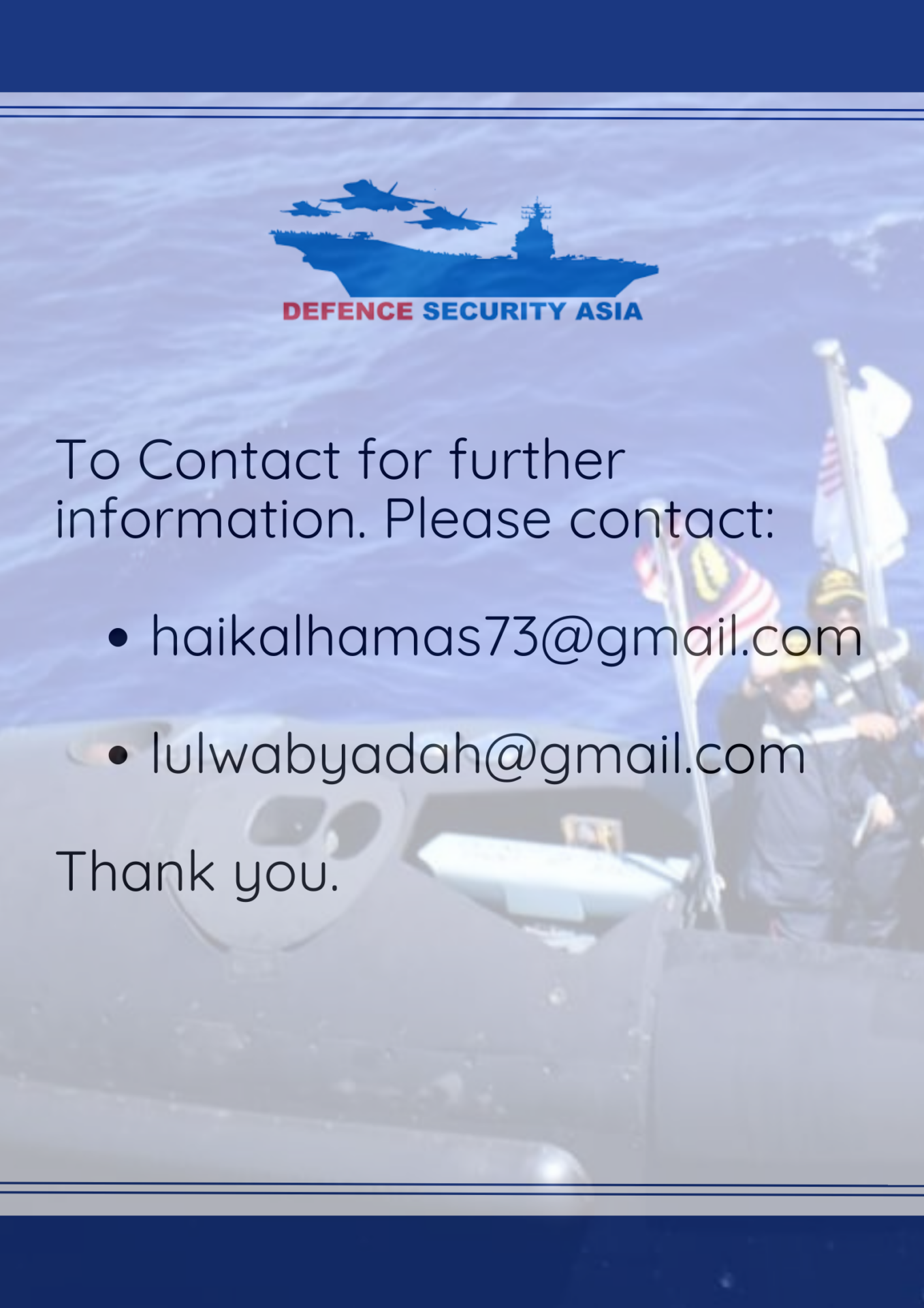Tense Standoff in the High North: Norwegian F-35s Scramble to Intercept Russian Bombers
On February 4, NATO’s air defenses sprang into action as member states detected an ominous approach—two Russian Tu-95 strategic bombers and two Su-33 fighter jets closing in on Alliance airspace over the High North.
(DEFENCE SECURITY ASIA) –On February 4, NATO’s air defenses sprang into action as member states detected an ominous approach—two Russian Tu-95 strategic bombers and two Su-33 fighter jets closing in on Alliance airspace over the High North.
The Su-33, a formidable carrier-based fighter designed for operations from Russia’s lone aircraft carrier, Admiral Kuznetsov, escorted the bombers in what appeared to be a calculated show of force.
In a swift and precise response, Norwegian F-35 fighter jets scrambled to intercept.
According to NATO Air Command, the pilots rapidly detected, identified, and shadowed the Russian aircraft, maintaining a tactical but secure distance to closely monitor their movements.
Despite the heightened alert, the Norwegian jets later confirmed that the Russian aircraft had not breached NATO airspace—though their presence sent an unmistakable message in the tense Arctic skies.
NATO emphasized that the advanced capabilities of the F-35 enabled the collection of critical information and ensured that the Russian aircraft did not breach the North Atlantic Alliance’s airspace.

“Our Quick Reaction Alert mission in the High North is vital for national defense and NATO’s collective security. The ability to respond swiftly ensures the safety of our airspace and highlights the strength of our allied forces in maintaining peace and stability,” said Major General Øivind Gunnerud, Chief of the Royal Norwegian Air Force.
NATO Air Command underscored that the ability to detect, intercept, and track potential threats is crucial for maintaining regional security and stability.
This requires a constant state of readiness for fighter jets, which can be deployed at any time to respond to potential communication losses or airspace violations.
It is important to note that the High North refers to the region located north of the Arctic Circle, encompassing parts of Russia, Canada, the United States, Denmark, Norway, Sweden, and Finland.
NATO member states regularly intercept Russian military aircraft approaching Alliance airspace.
For instance, in December, Dutch F-35 fighter jets intercepted Russian aircraft armed with supersonic missiles over the Baltic Sea.

The Russian Ministry of Defence stated that the flight was conducted “in strict compliance with international rules governing the use of airspace.”
“The flight lasted over four hours. MiG-31 aircraft from the Aerospace Forces and Su-33 fighter jets from the Navy provided fighter support during the mission.
“At certain stages of the flight, fighter jets from foreign nations escorted the Russian strategic bombers,” the ministry added.
Russia’s decision to deploy the Su-33 for an escort mission alongside strategic bombers is an unusual and striking move.
Typically, such operations are entrusted to the MiG-31, Su-30SM, or Su-35S—aircraft with superior range and advanced air combat capabilities.
The Su-33, originally designed for carrier-based operations aboard the Admiral Kuznetsov, is rarely seen in such roles, making this deployment particularly significant.

Unlike its land-based counterparts, the Su-33 suffers from outdated avionics and lacks the capability to carry modern long-range missiles like the R-37M, limiting its effectiveness in contemporary aerial warfare.
This unexpected deployment raises several questions. It could signal an effort by the Russian Navy to expand the operational flexibility of the Su-33, especially given the prolonged and uncertain repairs of the Admiral Kuznetsov.
Alternatively, it may hint at deeper strategic adjustments within Russia’s air defense doctrine—one that leverages every available asset, regardless of its limitations.
— DEFENCE SECURITY ASIA


